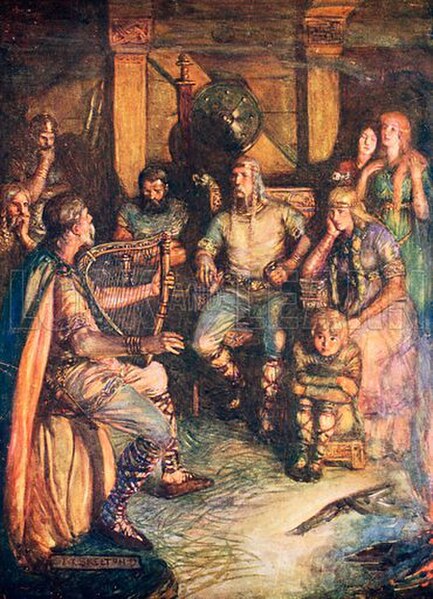The Red Book of Westmarch is a fictional manuscript written by hobbits, related to the author J. R. R. Tolkien's frame stories. It is an instance of the found manuscript conceit, a literary device to explain the source of his legendarium. In the fiction, it is a collection of writings in which the events of The Hobbit and The Lord of the Rings were recounted by their characters, and from which Tolkien supposedly derived these and other works. The name of the book comes from its red leather binding and casing, and from its having been housed in the Westmarch, a region of Middle-earth next to the Shire.
Tolkien was following the tradition of Samuel Richardson's 1740 novel Pamela; or, Virtue Rewarded in the conceit of a found manuscript.
J. R. R. Tolkien used frame stories throughout his Middle-earth writings, especially his legendarium, to make the works resemble a genuine mythology written and edited by many hands over a long period of time. He described in detail how his fictional characters wrote their books and transmitted them to others, and showed how later in-universe editors annotated the material.
Tolkien was following in a long tradition by framing his stories in another tale explaining how they were told. That tradition includes One Thousand and One Nights, where Scheherazade kept the king entertained with one story after another. Painting by Ferdinand Keller, 1880
Detail of the runes that provide a frame story in Tolkien's 1937 dust jacket painting for The Hobbit. The runes here shown running horizontally read in English "journey made by Bilbo Baggins of Hob[biton]".
The medieval poem Beowulf contains a passage about a scop reciting the tale of the hero Beowulf. Illustration by Joseph Ratcliffe Skelton, c. 1910
The brothers Hengest and Horsa are the legendary founders of England; in The Book of Lost Tales, Tolkien places Ælfwine as their father. Illustration from Edward Parrott's 1909 Pageant of British History





